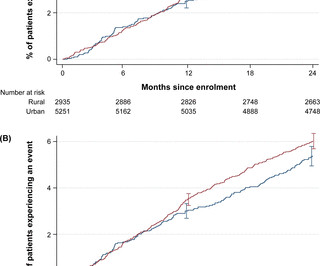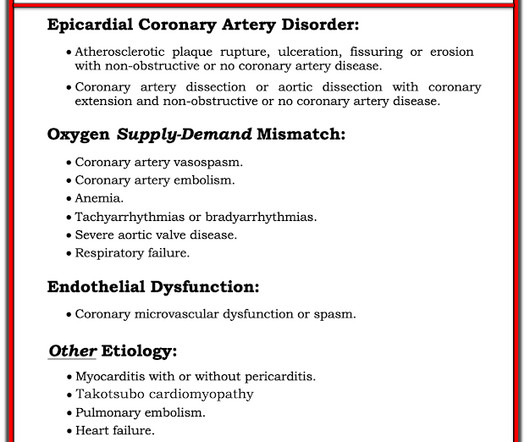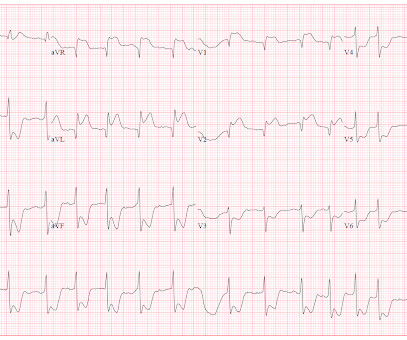Safe Deferral of Coronary Computed Tomography Angiography for Patients With a Low Pretest Probability of Coronary Artery Disease in 2019 European Society of Cardiology Guidelines
Journal of the American Heart Association
DECEMBER 1, 2023
BackgroundCoronary computed tomography angiography is increasingly used as the first‐line test for suspected coronary artery disease. PTP was calculated according to the 2013 and 2019 ESC guidelines. Journal of the American Heart Association, Volume 12, Issue 23 , December 5, 2023.














Let's personalize your content